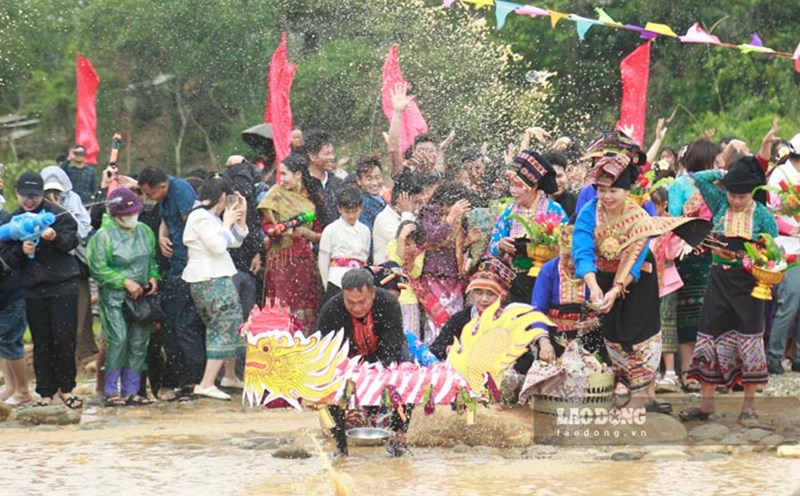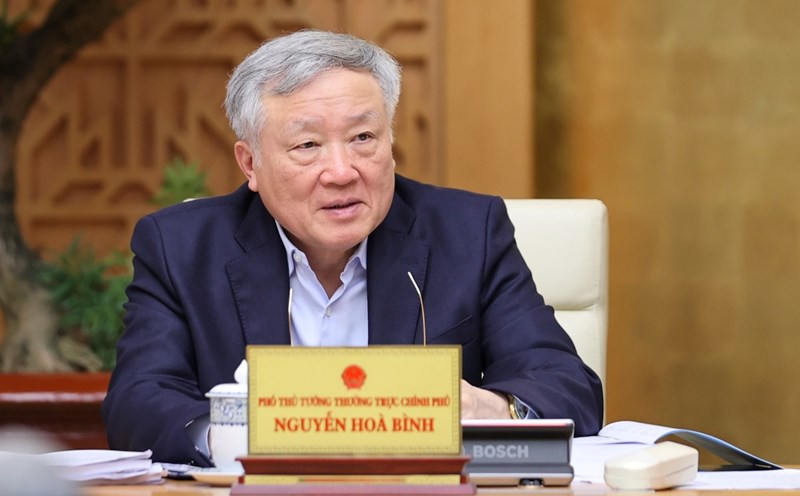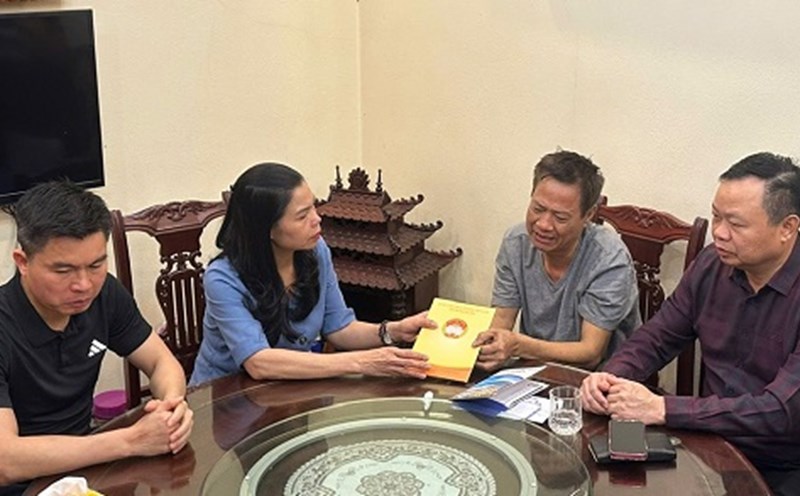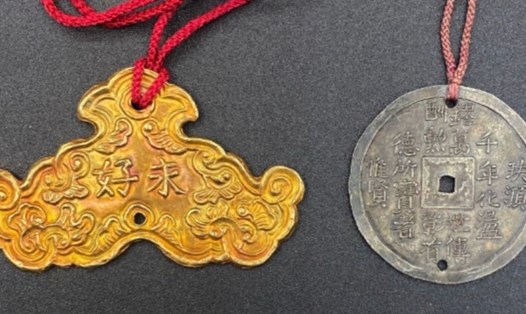These artifacts, over time, have been lost, scattered or even looted during wars, conflicts or invasions by foreign powers. Repatriation of artifacts - bringing these precious artifacts back to where they belong - is not simply an act of restoring historical value, but also a way for countries to reaffirm their cultural identity, national spirit and community cohesion in today's modernizing flow.
During the New Year, when people turn to their roots, the theme of repatriating antiques becomes more meaningful than ever, as a reminder to respect and preserve the unchanging values of our ancestors.
Rediscovering the value of our ancestors' heritage
Antiquities are living evidence of the history, art and life of a nation. They carry wordless stories, reflecting the ups and downs, spiritual values and aspirations of people in the past. However, in the flow of time and history, many antiquities have been taken out of their homeland, becoming the property of museums and private collectors abroad.
Consider the case of Vietnam, where thousands of precious antiquities - from Dong Son bronze drums, Ly Dynasty Buddha statues, Chu Dau ceramics to horizontal lacquered boards, parallel sentences, and royal decrees - have been smuggled out of the country through various channels. These antiquities are not only material assets but also the soul of the nation, a repository of spiritual and cultural values left by our ancestors.
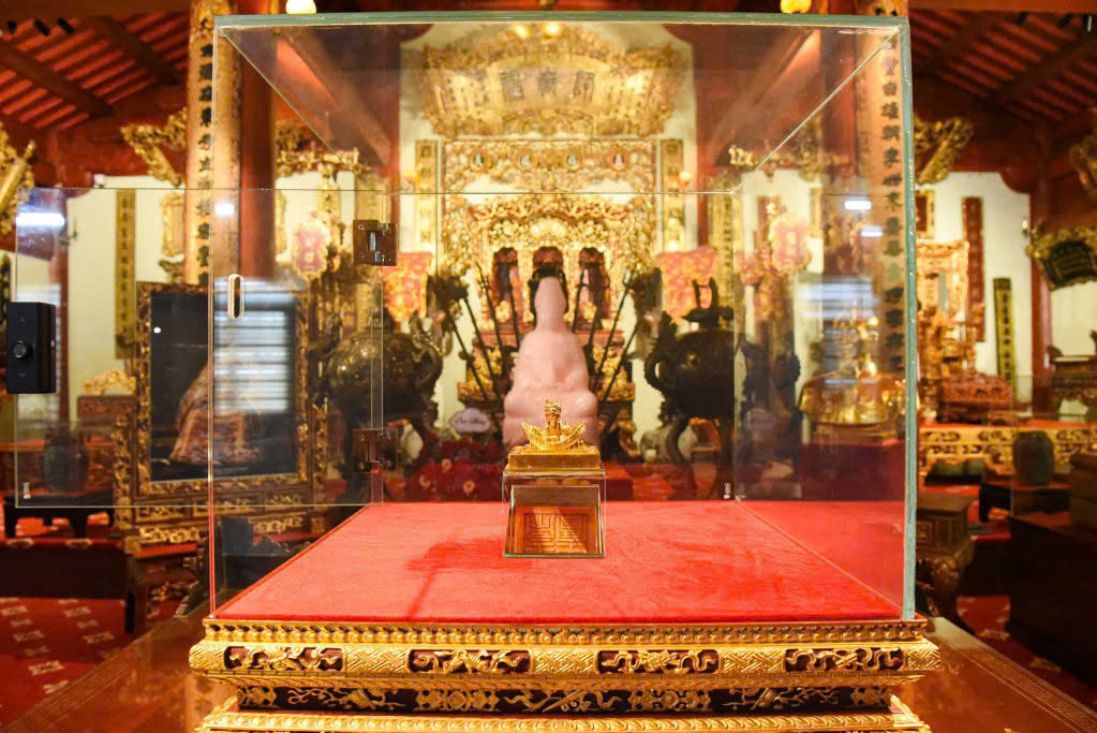
The repatriation of antiquities is not simply an act of recovering national assets, but also a process of restoring historical memories and preserving cultural identity. When an antiquity returns to its homeland, it not only brings national pride but also helps the younger generation better understand its roots and the cultural values that our ancestors worked so hard to build.
A typical case is the repatriation of the Imperial Mandarin Hat and the Imperial Concubine's Ao Dai Nhat Binh of the Nguyen Dynasty at the Hue Royal Antiquities Museum donated by Sunshine Group. After a long journey back to their homeland, these two antiques are now on display not only as historical artifacts but also as symbols of the spirit of solidarity, patriotism and awareness of protecting the cultural heritage of the Vietnamese people, indirectly telling the story of a past historical period, while conveying a message about the value of preserving and conserving the treasures of our ancestors.
Repatriating antiquities is also a way to affirm a country’s position in the international arena, especially in the current context of globalization. Negotiating and exchanging to bring antiquities back to the country not only requires legal and diplomatic efforts but also demonstrates the solidarity and determination of an entire nation.
A prominent example is Egypt’s relentless efforts to bring back precious antiquities such as the statue of Queen Nefertiti or the Rosetta Stone from major museums in Europe. Egypt’s antiquities repatriation campaigns are not only an act of protecting cultural heritage but also a strong affirmation to the world that cultural heritage does not only belong to the past, but is also an important spiritual asset of the present and the future.
Difficulties and challenges
However, repatriation is not always easy. In many cases, the countries that own the artifacts cite legal or historical reasons for refusing to return them. Take the long-running dispute between Greece and the UK over the Elgin Marbles, which were originally part of the Parthenon in Athens but are now on display at the British Museum. Despite repeated requests from Greece to repatriate the collection, the UK has refused, arguing that they were legally acquired in the 19th century. This raises questions about the ethics and responsibilities of countries to protect and respect each other's cultural heritage.
For Vietnam, the repatriation of antiquities is receiving more and more attention from the Government and the community. In recent years, efforts to repatriate antiquities have achieved many encouraging results.
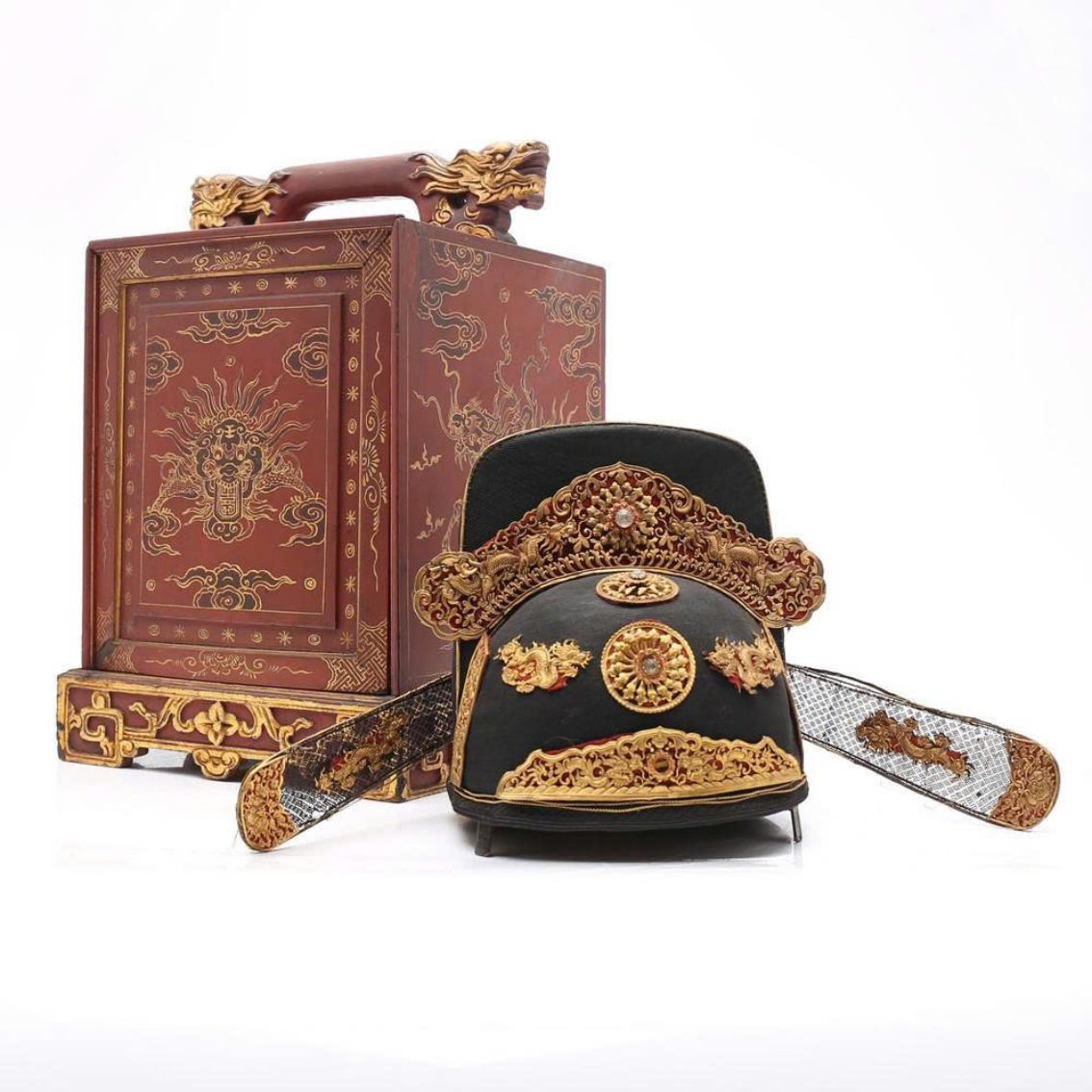
One of Vietnam’s greatest successes in repatriating antiquities is the return of the Nguyen Dynasty’s Imperial Seal, a treasure of great historical and cultural significance. After many years in the hands of an international auction house in France, in 2022, Vietnam successfully negotiated to bring the seal back to its homeland. This is not only a great diplomatic achievement, but also an important milestone in the country’s efforts to preserve its cultural heritage.
In 2022 and 2023, the repatriation of the Emperor's Golden Seal was twice nominated in the list of 10 typical cultural, sports and tourism events. This is not only because of the special value of the treasure in terms of culture, history, art and politics, but also because the journey to bring the golden seal back to the country after more than a year of negotiations is a testament to unprecedented efforts, determination and initiative.
This success was achieved through cultural diplomacy, with close direction from the Government and close, urgent coordination between the Ministry of Culture, Sports and Tourism, the Ministry of Foreign Affairs and relevant agencies, organizations and individuals. Through this event, Vietnam has affirmed to the world its determination to preserve, maintain and promote national cultural heritage, while enhancing the national position and ensuring the integrity of precious heritage values. From these initial successes, we have learned valuable lessons about solutions for repatriating antiquities.
Repatriating antiquities is not only a matter of the past but also a responsibility of the present and the future. In the modern context, when traditional cultural values are gradually being lost under the pressure of globalization, bringing antiquities back to their homeland not only helps preserve national identity but is also a way to connect generations, arouse pride and a sense of responsibility for cultural heritage.
Especially during the Lunar New Year - the time when people turn to their roots and ancestors - the repatriation of antiques has a deeper meaning, as a reminder that: No matter how far we go, we always have a root to return to, an identity to be proud of and a tradition to preserve.
Repatriating antiquities is not only an act of recovering national assets but also a way to reaffirm cultural identity and national spirit. When an antiquity returns to its homeland, it not only brings national pride but also helps the younger generation better understand its origins and the cultural values that our ancestors worked so hard to build.
(Posted on the special edition of Labor Weekend Spring At Ty)



